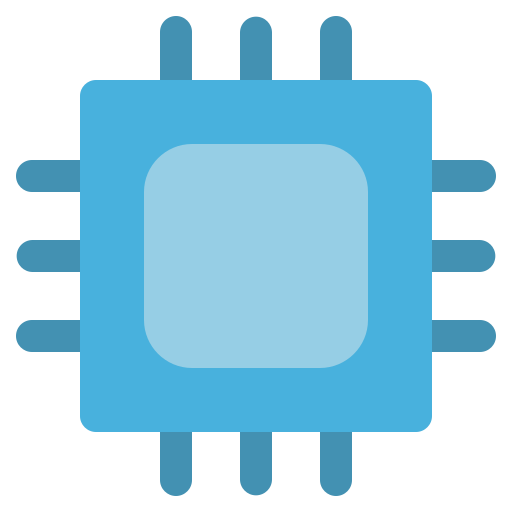Cool, cool… Can we like, not do this kinda stuff? Appreciate it.
Technology terrifies me
I don’t really love this preprint from at least an academic perspective. They don’t really talk at all about the specs of the monitor, cable, or target machine. When you’re talking about emi interception then discussion of the test conditions is kinda important in a paper. What’s the base emi leakage for the system? What’s the range in commonly available cables. Is this affected by shielding?
Also I really don’t see why they’re using a hough line transform to detect the blanking interval. Those two things are not really related (in that probabilistically or exhaustively fitting lines to an image does not easily result in an estimate of blanking interval, and is horribly inefficient in realtime applications too.)
Basically in my opinion this is a cool idea with a pretty mediocre preprint attached, and one where a bunch of the sources are other preprints too. Not damnable but I’d expect more.
If you wanna see a much better paper containing more of what I’d expect from a physical attack vector paper, I’d look at the original Rowhammer paper from 2014
(also the use of the term AI in the actual article is irritating. It’s a basic CNN, it’s not incredibly complex stuff. Just call it ML guys…)
Agreed, it’s a pretty high level overview.
(also the use of the term AI in the actual article is irritating. It’s a basic CNN, it’s not incredibly complex stuff. Just call it ML guys…)
I think this particular battle has been lost a long time ago.
That’s ok, at least ML makes you sound like someone who knows that they’re talking about and hasn’t fallen for marketing BS
AI can also taste your fear… and finds it delicious.
Finally, password inputs that don’t show the actual characters are useful 😹
As if emi from unencrypted USB keyboards (aka all USB keyboards) would be more difficult for password stealing.
Everything needs to be shielded? Or quad shield
Hmmm… I wonder if DVI or USB-C also has this weakness? I would imagine that USB-C would have power or other accessories flowing through it, like a laptop hooked up to monitors with a keyboard/mouse setup, that would make this harder.
Good question, I imagine with enough training data, you could also apply this method to DVI or USB-C, I don’t see why this wouldn’t be the case.
But I am looking at this as an observer as opposed to someone working in the industry.
deleted by creator





